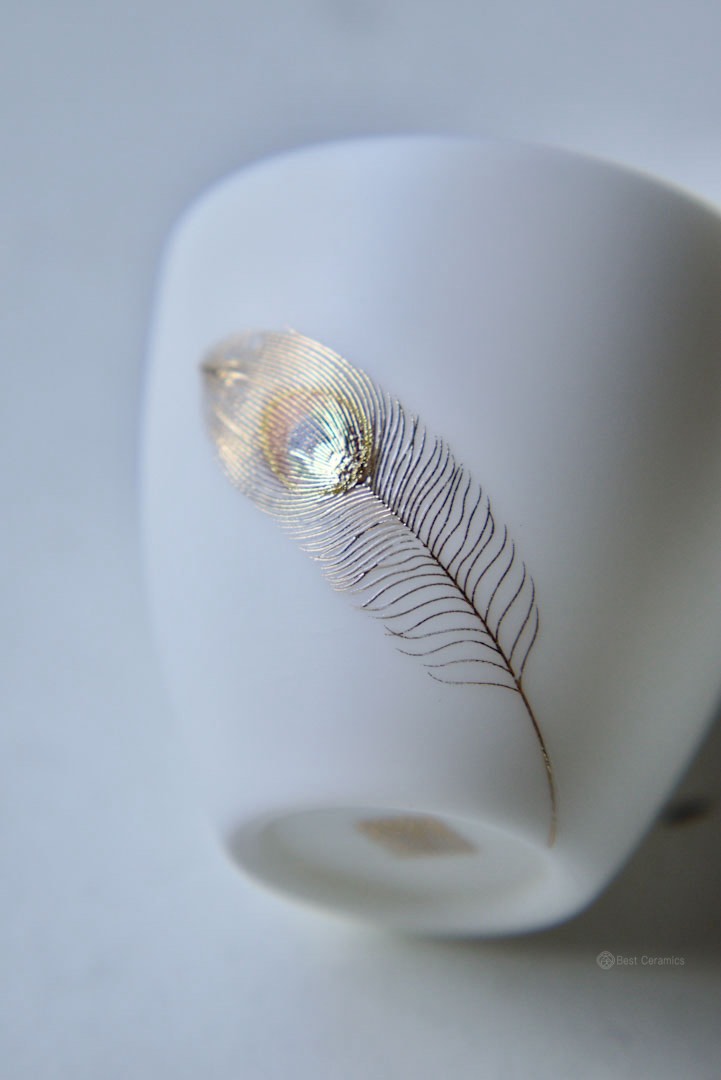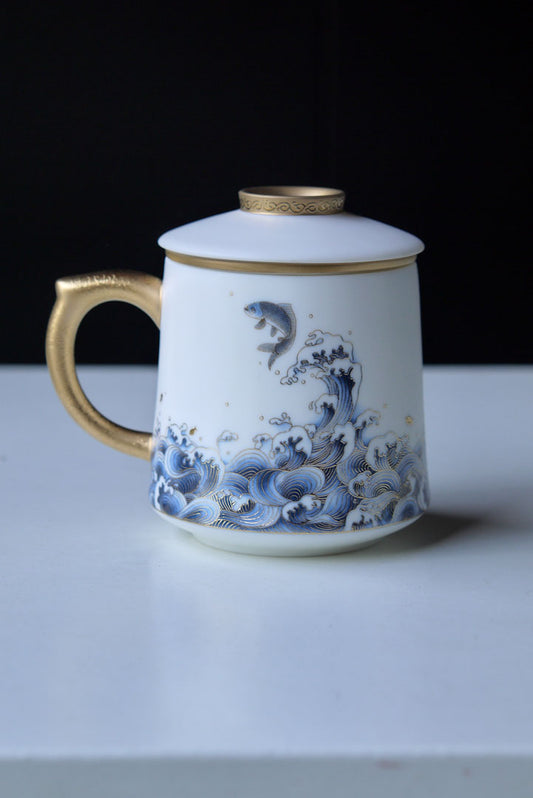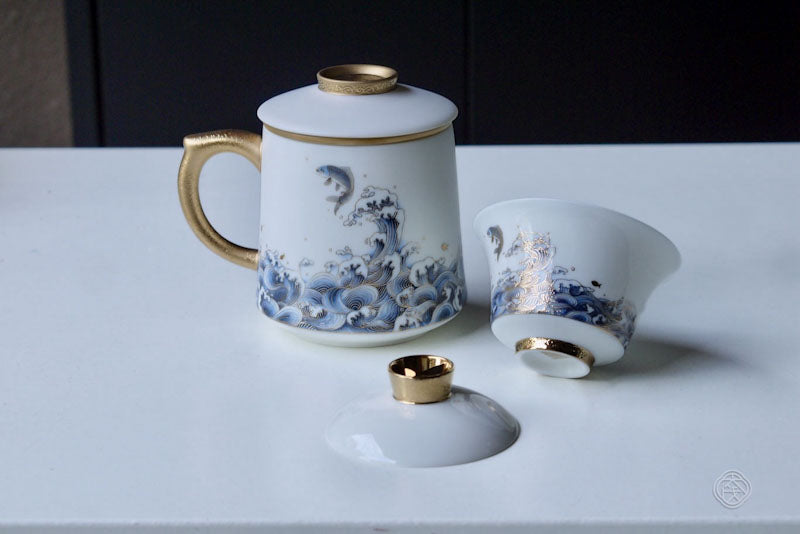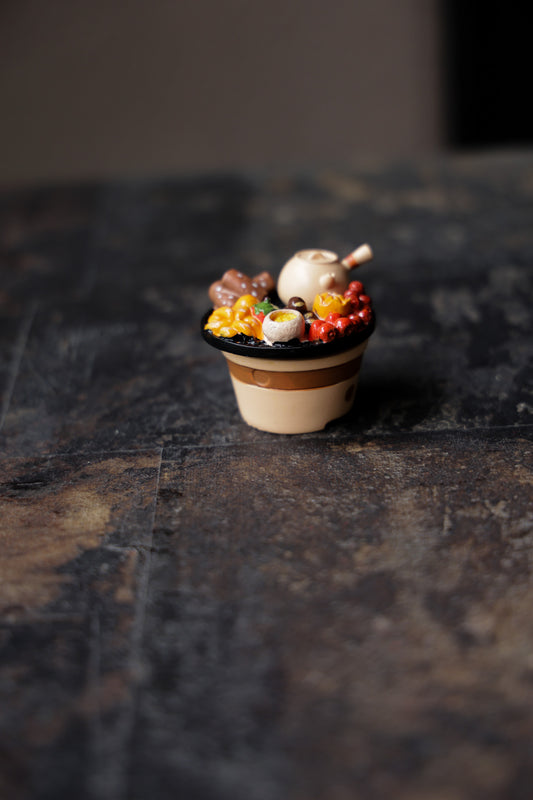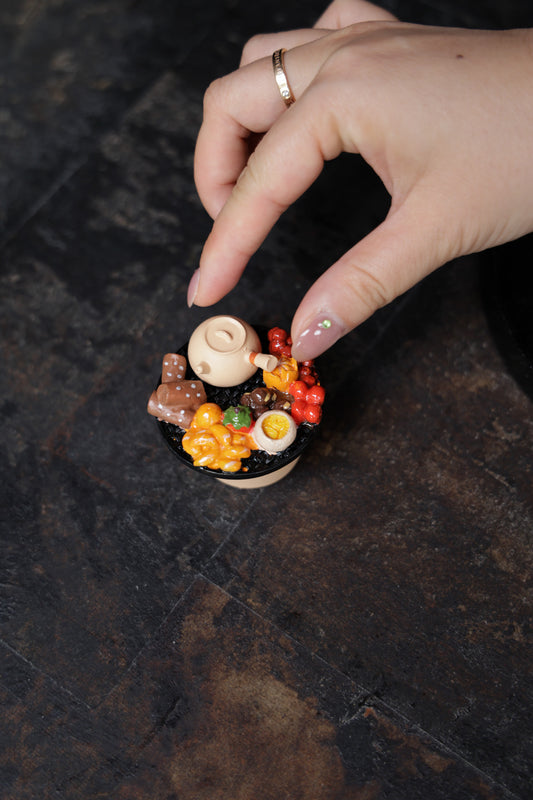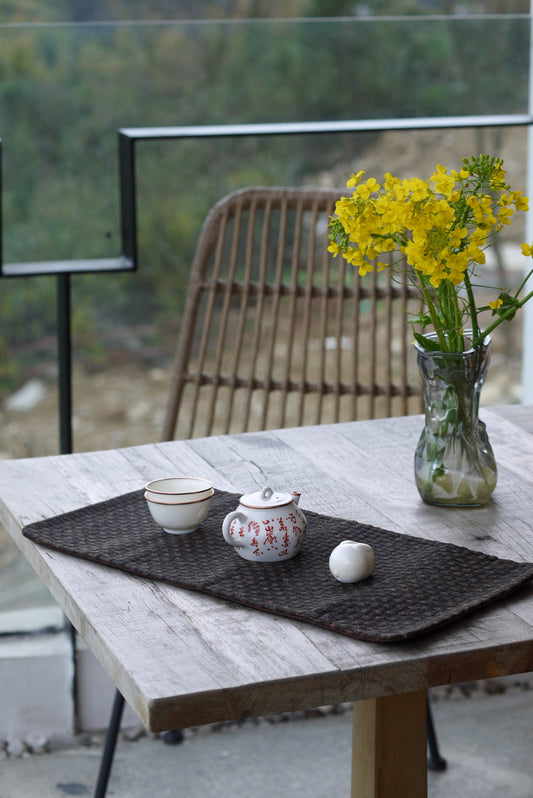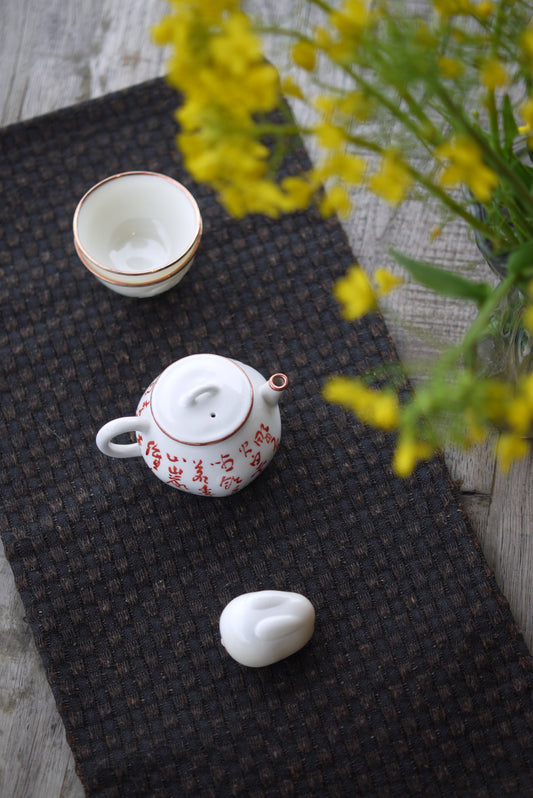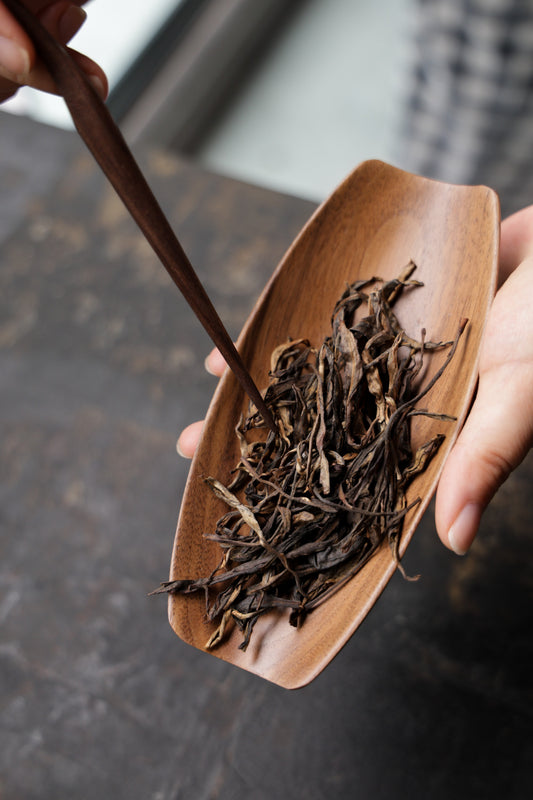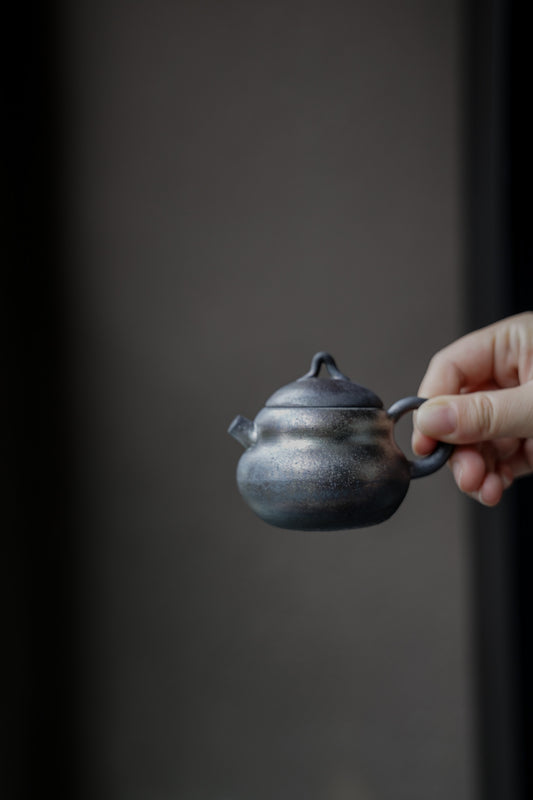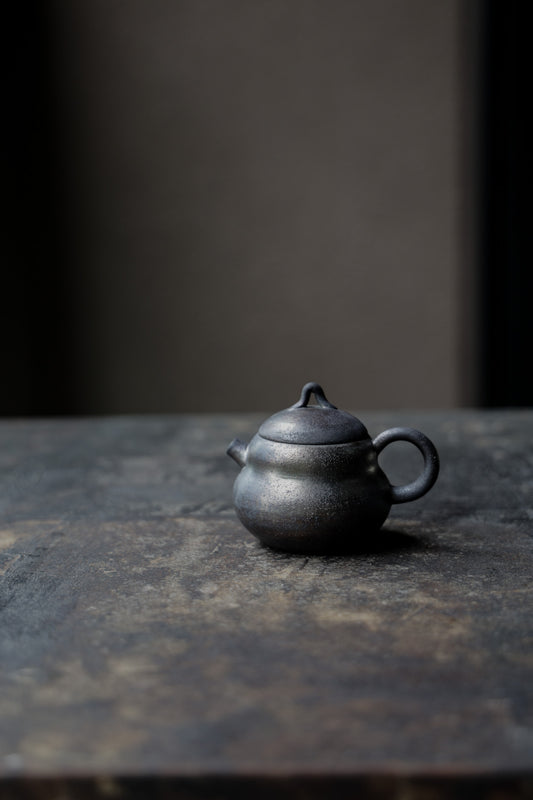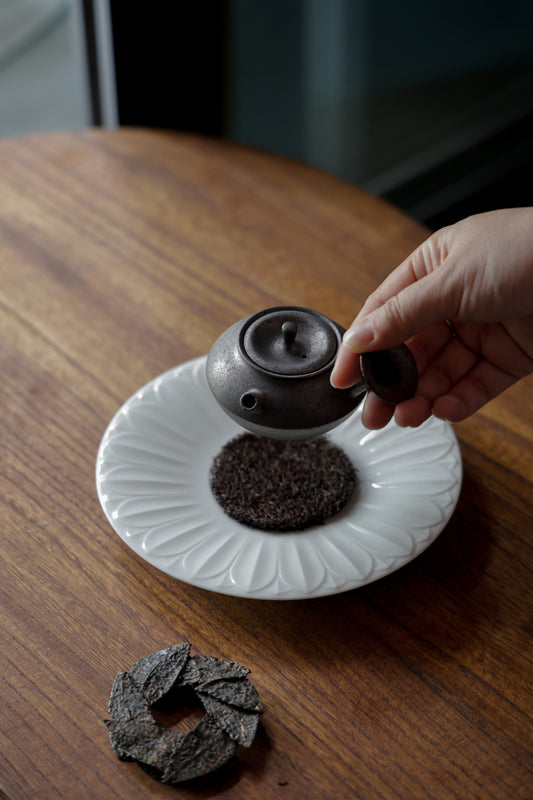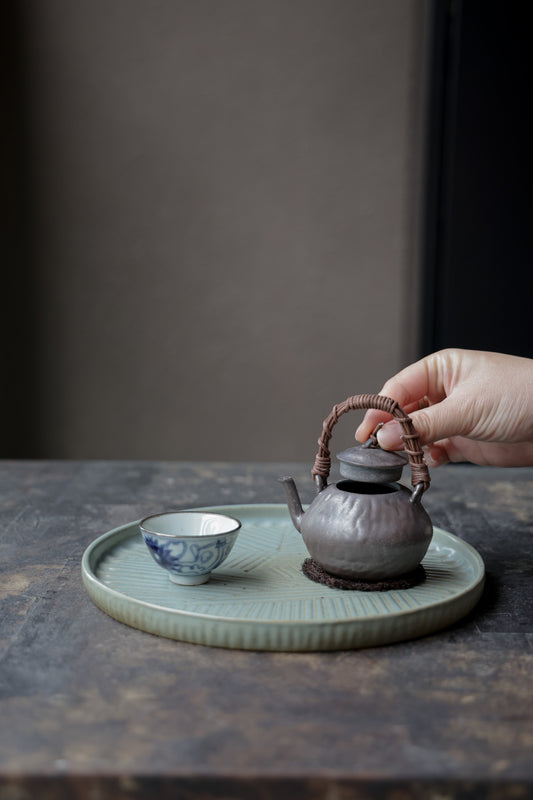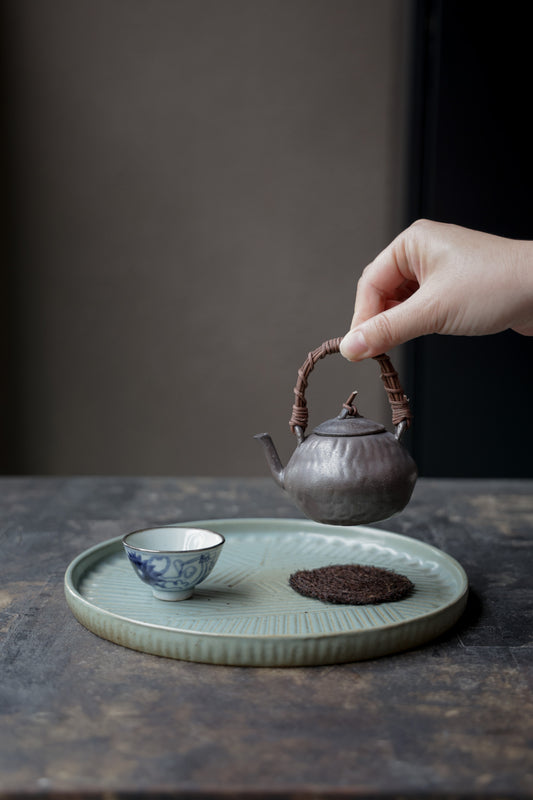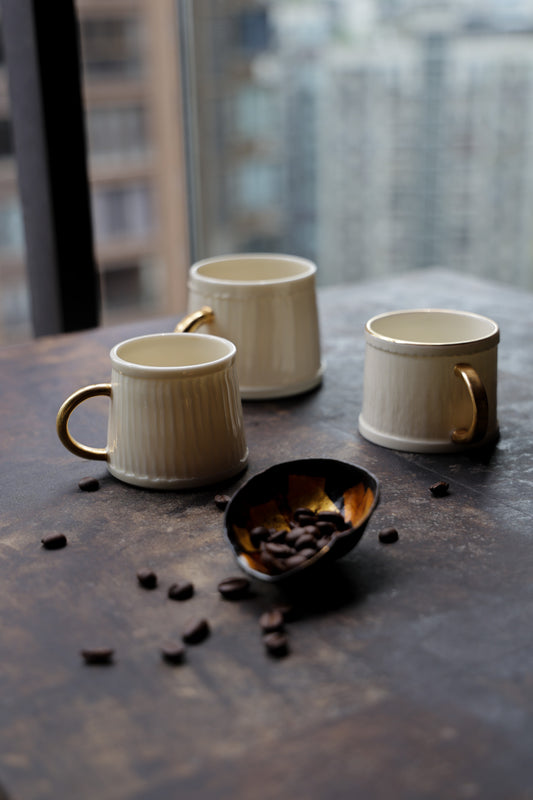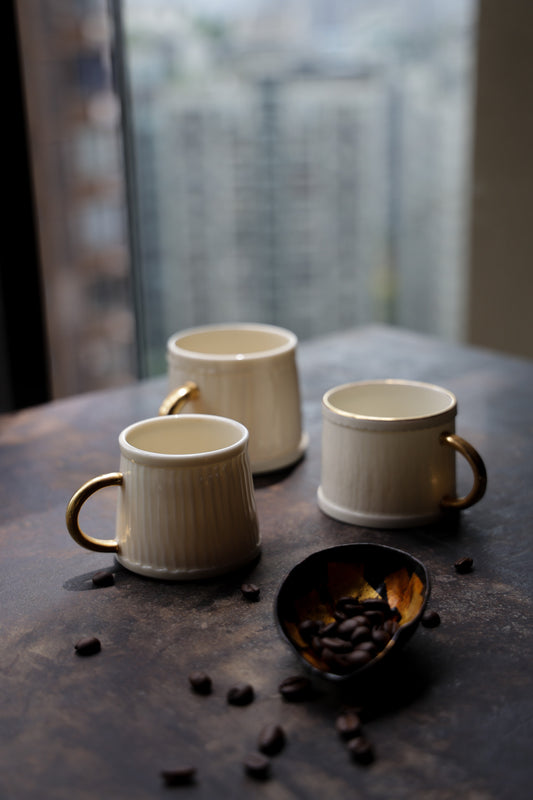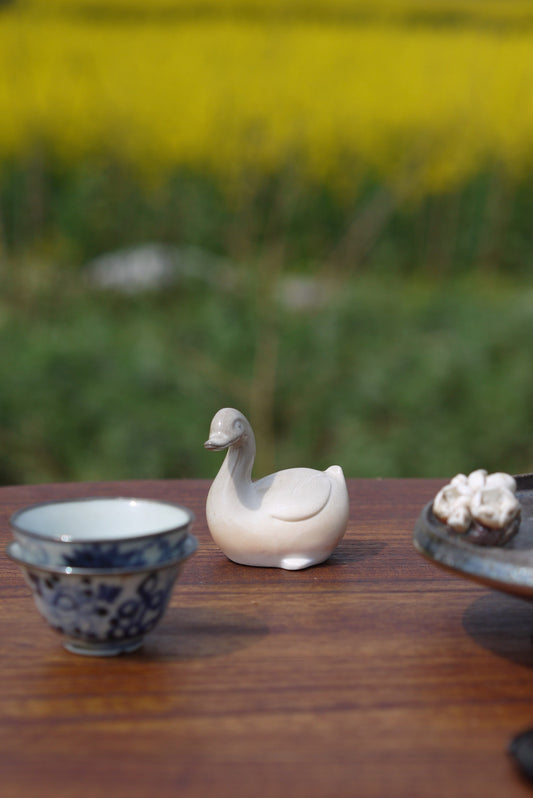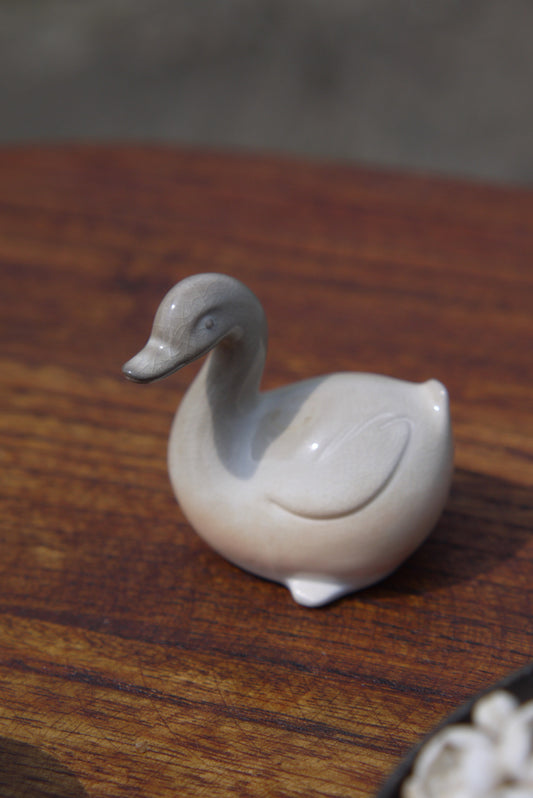
Welcoming the Snake Year: Tea Culture and Lunar New Year Traditions
YuanKevinShare
2025 marks the Chinese Lunar Year of the Snake, a year imbued with symbolism of wisdom, agility, and mystery. In Chinese culture, the snake represents flexibility and the ability to navigate challenges with intelligence and insight. As we step into the year of the snake, it holds promise of new opportunities and challenges, with the wisdom to overcome them. As the Year of the Snake approaches, the Chinese Lunar New Year (Spring Festival) remains one of the most significant cultural events, bringing families together to celebrate, honor tradition, and embrace the new year with hope and gratitude.
The Significance of the Lunar New Year and Its Customs
Lunar New Year, also known as the Spring Festival, is one of China’s most important traditional festivals. It marks the end of the old year and the beginning of the new, symbolizing renewal and new beginnings. The festival is widely celebrated as a time for family reunions, with loved ones coming together from all corners of the country. This tradition is particularly significant for those who work far from home, as the holiday offers a chance to return to their families and reconnect.
The customs associated with the Lunar New Year are rich and diverse, with some of the most notable ones being the family reunion dinner on New Year’s Eve, setting off firecrackers, and hanging up spring couplets. These rituals are not only about saying goodbye to the past year but also about ushering in good fortune for the year ahead. The reunion dinner is an important tradition, symbolizing family unity and harmony, while firecrackers are meant to drive away evil spirits and welcome in a prosperous new year.
Tea as a Medium: Tea Culture During the Lunar New Year
Tea has always played a central role in Chinese culture, and its significance is especially apparent during the Lunar New Year. It’s not just a daily beverage but an integral part of family gatherings, cultural practices, and celebrations. During the Spring Festival, tea becomes an important part of the reunion, a way to greet guests and offer them hospitality with the utmost respect. The act of serving tea symbolizes respect and goodwill, making it a staple in New Year celebrations.
Various types of tea are enjoyed during the Lunar New Year, with green tea, oolong tea, and specialty teas like Longjing and Tieguanyin often served to guests. Longjing, known for its refreshing taste and historical significance, is a favorite choice, while Tieguanyin, with its rich aroma and complex flavor, offers an ideal companion for family gatherings. During the Lunar New Year, many people opt for higher-end teas to add a touch of ceremony and elegance to their celebrations.
Dehua Folk Customs and the Tea Culture of the Snake Year
Dehua, located in Fujian Province, is famous for its porcelain production, known as “Dehua porcelain” or “Blanc de Chine.” Dehua has a long history of porcelain-making, with its fine white porcelain being renowned for its delicate texture and unique design. Dehua teaware is widely celebrated for its craftsmanship and aesthetic appeal, especially during traditional festivals like the Lunar New Year. In the Snake Year, Dehua’s ceramics, with their elegant designs and fine craftsmanship, are particularly fitting for this auspicious year, symbolizing the harmony of tradition and the beginning of a new chapter.
During the Lunar New Year, Dehua’s folk activities come alive, showcasing not only traditional crafts but also the region’s rich culture and history. The traditional porcelain-making techniques, including handcrafting and firing, are often demonstrated to tourists and locals alike. Many people choose to purchase Dehua porcelain teapots and tea cups as gifts for the holiday, which symbolize prosperity and good fortune. A custom-designed Snake Year teacup or teapot can add an element of good luck and tradition to any family reunion.
Enhancing New Year Celebrations with Tea Sets
The right tea set can add a special touch to Lunar New Year celebrations. Tea sets are not only functional but also serve as an expression of tradition, beauty, and thoughtfulness. For the New Year, many people prefer to choose tea sets that align with the festive mood, often selecting red or gold tea sets to symbolize good luck, wealth, and prosperity.
Dehua porcelain tea sets are particularly popular during this time, as they offer a perfect blend of elegance and tradition. Their clean, white porcelain and minimalistic design make them a timeless choice for any occasion, but during the Spring Festival, they take on an added significance. Custom-designed tea sets, including those with motifs that represent the Snake Year, are often chosen to bring extra blessings to the family. For example, a Snake Year teacup or teapot can symbolize wisdom, agility, and good fortune—key attributes of the Snake in Chinese culture.
Conclusion: Welcoming the Snake Year with Blessings
As we enter the Snake Year, we are greeted with the promise of a year filled with wisdom and adaptability. Whether through the preservation of tea culture, the continuation of Lunar New Year customs, or the integration of traditional Dehua porcelain into our celebrations, this period is a time to cherish family, honor the past, and look forward to the future. We wish that in the new year, everyone experiences peace, prosperity, and good fortune. Let tea bring us together, let tradition guide us, and may the Snake Year bring blessings and joy to every family.






